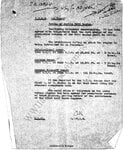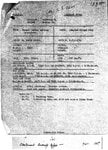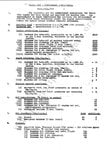Reluctant Poster
Tech Sergeant
- 1,737
- Dec 6, 2006
I should apologize. That answer was flippant When I see an error I have to correct it, it is my nature.I really don't care if it had warp drive all I care about is that it wasn't a Bendix
I do agree that the SU negative problems were solved and that the later Spitfire Vs were much improved. In fact the Seafire III powered by the Merlin 55 was fully competitive to the end of the war.
Last edited:



